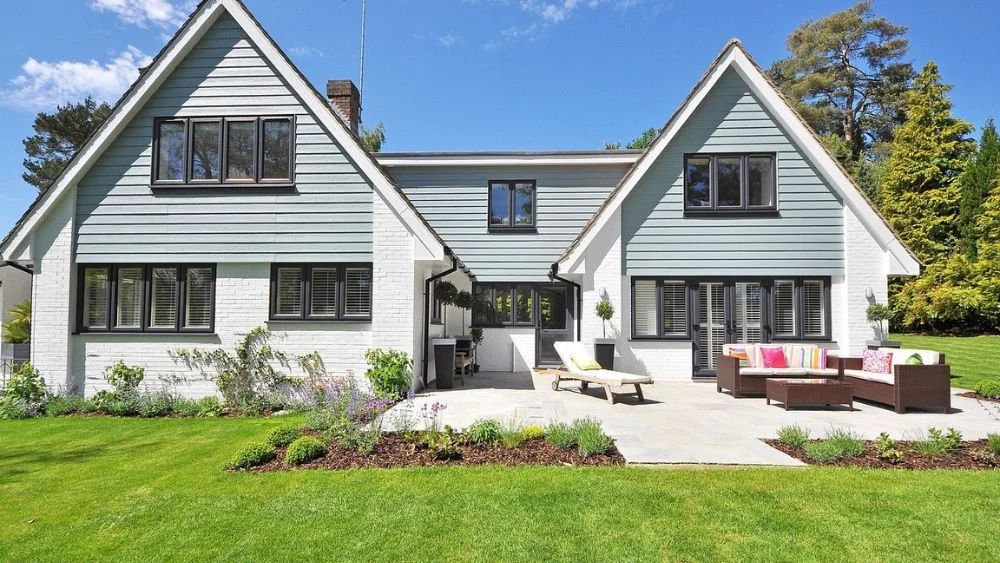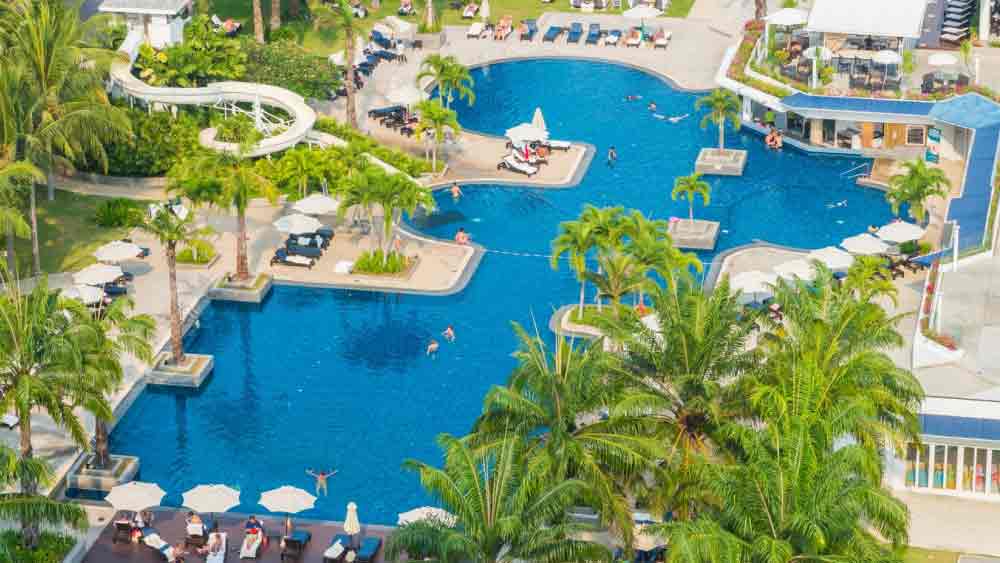Easy Exterior Home Updates to Increase Your Home’s Value

As homeowners increasingly prioritize sustainability and efficiency, emerging construction technologies are transforming how homes are built. From cutting-edge roofing materials to innovative lawn care methods, these advancements not only enhance property value but also contribute to a greener future. This article explores some key innovations that are shaping the sustainable home construction landscape.
Durability Meets Sustainability in Roofing
One of the most significant strides in home construction has been the adoption of metal roofing. Unlike traditional shingles, metal roofs offer an impressive lifespan ranging from 40 to 70 years, depending on the specific material used. This durability translates into fewer replacements over time, making your home not just more enduring but also more sustainable.
Metal roofs are gaining popularity due to their eco-friendly attributes. They can be fabricated from recycled materials and are 100% recyclable at the end of their life. By choosing metal roofing, homeowners can significantly reduce their environmental footprint while ensuring their homes remain secure and well-protected through various weather conditions.
In addition to longevity and recyclability, metal roofs provide energy efficiency benefits. They reflect solar heat, which can reduce cooling costs by 10% to 25% during warm months. This added efficiency supports sustainable living by lowering energy consumption, making metal roofs an intelligent investment for modern homeowners.
Hydroseeding: An Innovative Approach to Landscaping
Hydroseeding has emerged as the most efficient method for seeding lawns and landscapes and implementing erosion control practices in homes. This technique is not only rapid but also cost-effective, ensuring quality results. For homeowners seeking to establish a new lawn, grass can begin sprouting within seven days, reaching full establishment in approximately three to four weeks.
The speed of hydroseeding is complemented by its ability to promote even growth across a lawn. The process involves spraying a slurry of seed, water, and fertilizers, ensuring that seeds are evenly distributed. This uniformity results in more consistent growth, reducing the risk of patchiness and offering a lush, green aesthetic to any home.
Cost-effectiveness is another crucial factor driving the adoption of hydroseeding. Compared to traditional methods, it requires less manual labor and material costs, providing great value for homeowners. Moreover, by enhancing the establishment of strong root systems, hydroseeding contributes to the long-term health and sustainability of home landscapes.
Energy-Efficient Construction with Insulated Concrete Forms
The growing demand for energy-efficient and sustainable structures has spurred the market for insulated concrete forms (ICF). According to Grand View Research, this market was valued at USD 948.8 million in 2024 and is anticipated to expand at a compound annual growth rate (CAGR) of 5.8% from 2025 to 2030. This surge is driven by increasing homeowner awareness and demand for green building solutions.
ICFs improve home insulation by creating a robust thermal envelope, which reduces energy consumption by minimizing heat loss. Homes constructed with ICFs typically experience more consistent indoor temperatures, reducing the dependency on heating and cooling systems. This not only enhances comfort but also yields substantial energy savings over the lifespan of the home.
Beyond energy efficiency, insulated concrete forms offer strength and durability, crucial for the longevity of any sustainable home. This construction technique results in walls that are not only fire and disaster resistant but also soundproof. The cumulative benefits position ICF as a preferred choice for forward-thinking homeowners eager to integrate sustainability into their living spaces.
The future of home construction is inherently tied to sustainability and efficiency. By embracing innovations like metal roofing, hydroseeding, and insulated concrete forms, homeowners can build residences that are not only more durable but also kind to the environment. These advancements highlight an exciting path forward for the industry, ensuring homes are as resilient as they are green.

news via inbox
Sign up and never miss out on the latest news and updates at HighStuff




